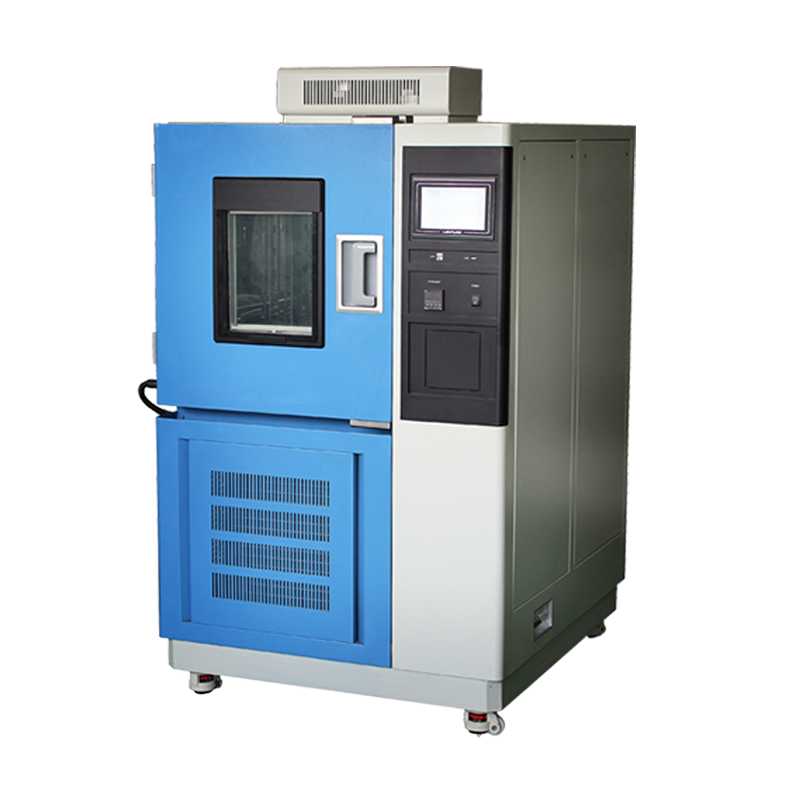Mold test chambers are used to evaluate the performance of various electrical appliances, instruments, materials, components, and equipment under different temperature and humidity conditions, primarily for damp heat and aging tests. They are mainly applied in aerospace products, materials, electronic products, and various electronic components to test their performance indicators in humid and hot environments.
Mold test chambers are essential testing equipment in industries such as aviation, automotive, home appliances, and scientific research. They are used to assess and determine the performance of electrical and electronic components under humid and hot conditions.
The mold test chamber is a next-generation product capable of simultaneous high-temperature and high-humidity functions. It features digital temperature and humidity displays, with the instrument adopting an intelligent PID controller. The humidity sensor uses a wet-bulb measurement system, requiring only periodic refilling of distilled water, making operation and maintenance extremely convenient. An advanced electric heating humidification system ensures a wide range of humidity control and includes an automatic water cutoff function. The inner chamber is made of stainless steel with rounded corners, while the base is formed through a one-time stretching process. The exterior follows European powder-coating standards.

Precautions for Mold Test Chambers
-
Read the Manual Carefully – Before use, thoroughly read all instructions, including the instrument manual.
-
Power Supply Requirements – The user-provided power socket must have rated parameters higher than the machine’s electrical requirements and include proper grounding.
-
Ventilation – The equipment should be used in a well-ventilated indoor environment.
-
Avoid Frequent Door Opening – Opening the chamber door during testing may cause fluctuations in temperature and humidity. Repeated or prolonged door openings, or excessive moisture release from test samples, may lead to ice formation on the refrigeration system’s heat exchanger, disrupting normal operation.
-
Purpose of Use – The mold test chamber is designed to artificially accelerate mold growth, assessing the mold resistance and degree of mold formation on electrical and electronic products.
-
Design and Features
- The chamber body is precision-machined using CNC technology for an elegant and durable structure, featuring ergonomic handles for easy operation.
- The inner chamber is made of imported stainless steel mirror panels, while the outer shell is constructed from A3 steel with powder coating for enhanced aesthetics and cleanliness.
- The water tank is located at the lower right of the control panel and includes an automatic low-water protection function for convenient refilling.
- A large observation window with an internal light ensures clear visibility, while embedded tempered glass prevents condensation.
- The humidification system’s piping is separated from the control circuit board to prevent malfunctions due to water leakage, improving safety.
- The water and electrical systems are designed with front-opening access for easy maintenance and troubleshooting.
- Ultra-fine fiber insulation minimizes heat loss.
-
Applications – The mold test chamber is suitable for aerospace products, materials, electronic products, and various electronic components, testing their performance under humid and hot conditions.














